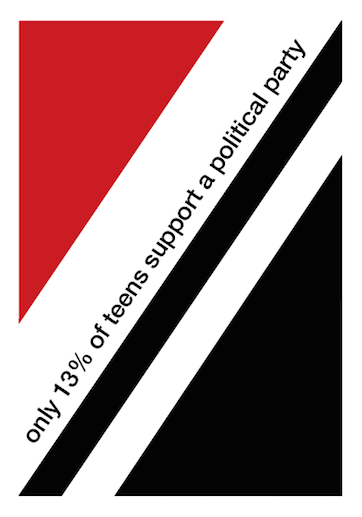Recce
Casting
Re-through
Transport
Shot list
Script locked
Storyboarding
Availability
Design
Crew
Risk Assessment
I looked at a range of different style schedules online so I could decide the best way to develop mine.
I think that the schedule above would be successful if there was less information inclued. It would be clearer and easier to follow if the schedule covered less people or if the timings weren't so specifc, by this, I mean that every 15 minutes of every persons day has been covered. If the schedules was made in half hourly or hourly sections, there wouldn't be as many sections therefore making it less crowded.
A good point about this schedule though is the use of colour. For example, if you want to see where 'reading' occurs you automatically know that you will find it in a dark green section. So I learnt that if there is going to be a lot of different activities in a schedule then colour coding each activity is easier for the person reading it, especially if the person reasing the schedule isn't the person who created it.
Above, is my own pre-production schedule. On the left you can see the 'to do' list, including everything I want to get done in the next three weeks I have to complete the pre-production stage of my film. Each week, I have two moving image lessons, so you can see I have separated the schedule into week 1-3 and then I've broken it down further so that each week shows the two lessons that I have. I have dedicated each lesson to one of the things on my 'to do' list. So that I know which activity I'll be doing that lesson, I've filled the block in red, to show that it's still to do. When I have completed a task I will change the block to green, then I will be able to clearly see that the red blocks are the tasks that I still need to complete.
I plan to stick to this schedule as much as I can, however if I have any free time I will try and complete the tasks if it makes sense to do so at that specific time. If my schedule is unsuccesfull, then I will update it and also evaluate the changed I make.












































